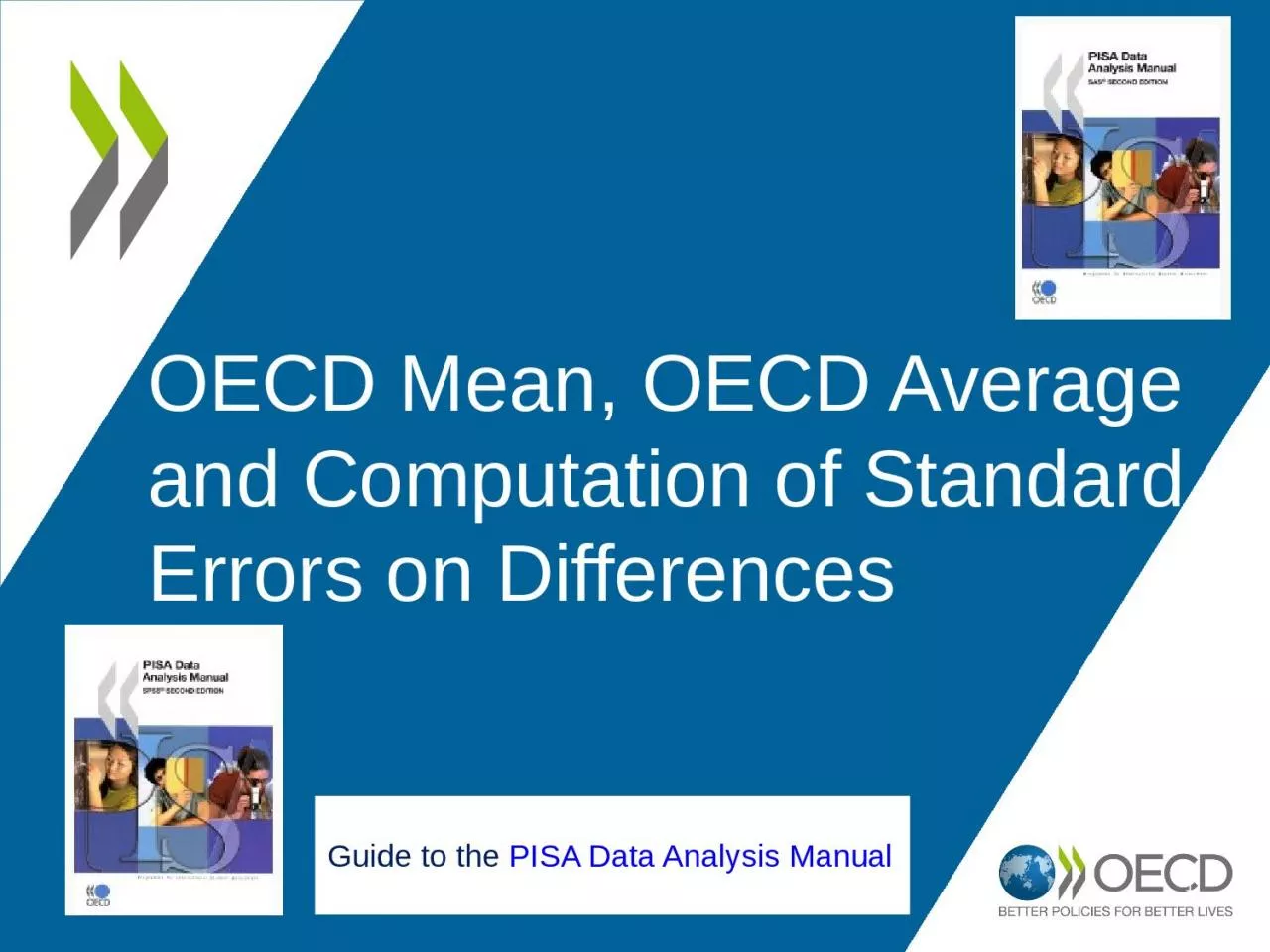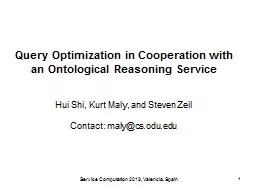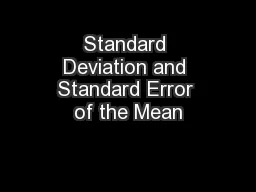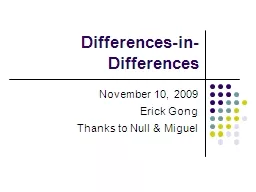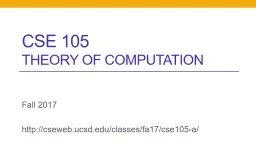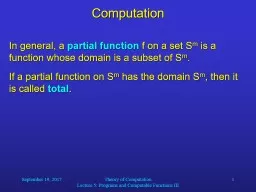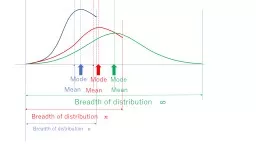PPT-1 OECD Mean, OECD Average and Computation of Standard Errors on Differences
Author : josephine | Published Date : 2023-09-25
Guide to the PISA Data Analysis Manual PISA is reporting the OECD Total and the OECD average OECD Average OECD Total The OECD total takes the OECD countries as
Presentation Embed Code
Download Presentation
Download Presentation The PPT/PDF document "1 OECD Mean, OECD Average and Computatio..." is the property of its rightful owner. Permission is granted to download and print the materials on this website for personal, non-commercial use only, and to display it on your personal computer provided you do not modify the materials and that you retain all copyright notices contained in the materials. By downloading content from our website, you accept the terms of this agreement.
1 OECD Mean, OECD Average and Computation of Standard Errors on Differences: Transcript
Guide to the PISA Data Analysis Manual PISA is reporting the OECD Total and the OECD average OECD Average OECD Total The OECD total takes the OECD countries as a single entity to which each country contributes in proportion to the number of 15yearolds enrolled in its schools It illustrates how a country compares with the OECD area as a whole. Mean Arithmetic Mean To calculate the arithmetic mean of a set of data we must 64257rst add up sum all of the data values and then divide the result by the number of values Since is the symbol used to indicate that values are to be summed see Sigm 2 DIRECTORATE FOR EMPLOYMENT, LABOUR AND SOCIAL AFFAIRS www.oecd.org/els OECD HEALTH WORKING PAPERS http://www.oecd.org/health/workingpapers OECD Working Papers should not be reported as representing Michal . Kouck. ý. Charles University. Based on joint work with: . H. . Buhrman. , R. Cleve, . B. . Loff. , F. . Speelman. , …. Space hierarchy. space . S. space . S’. 2 DIRECTORATE FOR EMPLOYMENT, LABOUR AND SOCIAL AFFAIRS www.oecd.org/els OECD HEALTH WORKING PAPERS http://www.oecd.org/health/workingpapers OECD Working Papers should not be reported as representing Project Review 12 July 2013. Projects. Modelling. . dragonfly attention switching. Dendritic auditory processing. Processing images . with . spikes. Dendritic . computation with . memristors. . Computation in RATSLAM. 1. Query Optimization in Cooperation with an Ontological Reasoning Service. Hui. Shi, Kurt Maly, and Steven Zeil. Contact. : maly@cs.odu.edu. 2. Outline. Problem. What are we reasoning about?. What are the challenges?. Ranjit . Kumaresan. (MIT). Based on joint works with . Iddo. . Bentov. (. Technion. ), Tal Moran (IDC), Guy . Zyskind. (MIT). x. f. . (. x,y. ). y. f. . (. x,y. ). Secure Computation. Most general problem in cryptography. Standard Deviation and a Bell Shaped Curve. Bozeman Biology Video on Standard Deviation. Standard deviation measures the spread or the variation in the data. 68% of the individuals are within 1 standard deviation . November . 10, 2009. Erick Gong. Thanks . to Null . & . Miguel . Agenda. Class Scheduling. Diff-in-Diff (Math & Graphs). Case Study. STATA Help. Class Scheduling. Nov 10: Diff-in-Diff. Nov 17: Power Calculations & Guest Speaker. Fall . 2017. http://cseweb.ucsd.edu/classes/fa17/cse105-a/. Learning goals. Introductions. Clickers. When did you take CSE 20?. Winter 2017. Fall 2016. Spring 2016. Winter 2016. PETER 108: AC. To change your remote frequency. 1. Computation. In general, a . partial function. f on a set S. m. is a function whose domain is a subset of S. m. .. If a partial function on S. m. has the domain S. m. , then it is called . total. Mean. Breadth. . of. . distribution. . . Breadth. . of. . distribution. . . Breadth. . of. . distribution. . . . Number of trials. . Times of A. . . Calculation of mean. . Policies for a sound recovery and sustainable growth. 7 July 2021. http://www.oecd.org/economy/iceland-economic-snapshot/. . @OECDeconomy. @OECD. Iceland’s COVID-19 health crisis was relatively mild, thanks to timely and well-targeted containment measures.. (OECD Guidance). Due Diligence Audit. Content. Audit definition. Where to find auditors and further guidance. Audit definition. What is the audit process?. As defined in ISO 19011:2011—Guidelines for auditing management systems, an audit is a...
Download Document
Here is the link to download the presentation.
"1 OECD Mean, OECD Average and Computation of Standard Errors on Differences"The content belongs to its owner. You may download and print it for personal use, without modification, and keep all copyright notices. By downloading, you agree to these terms.
Related Documents

